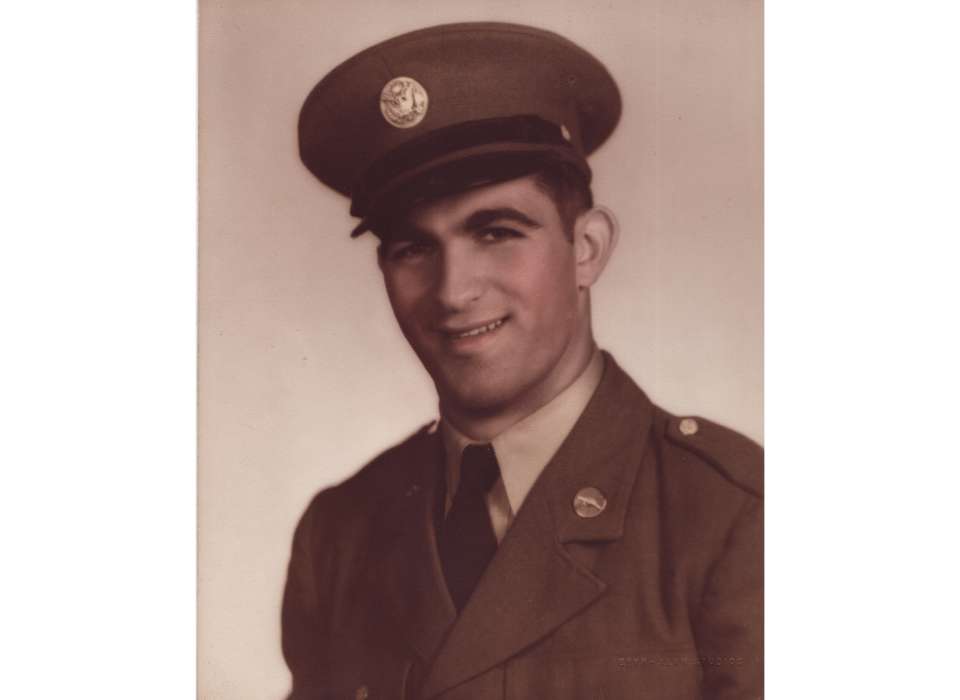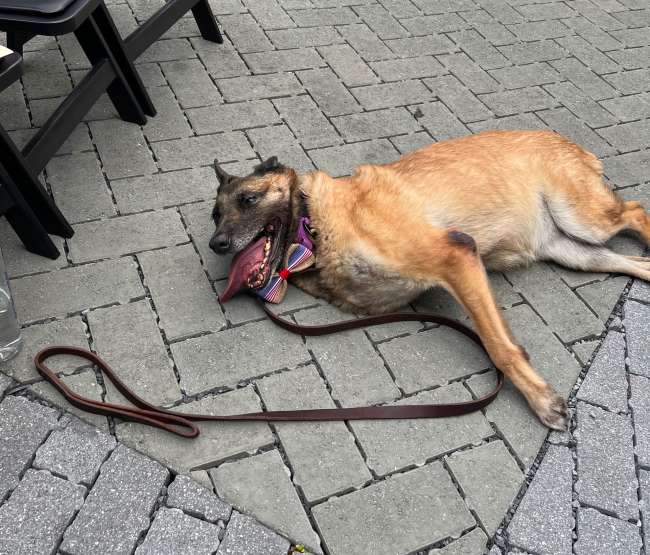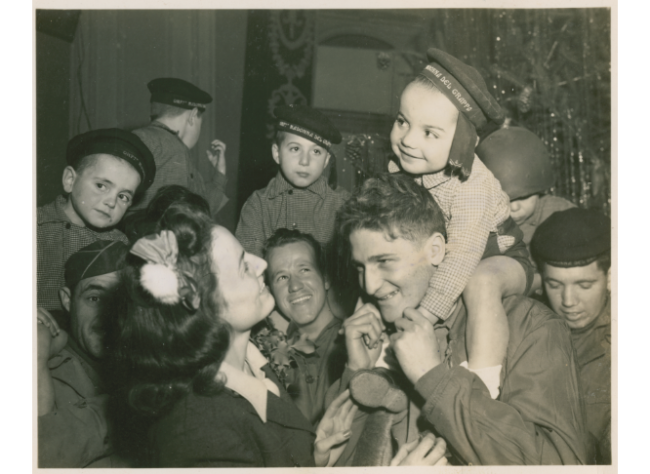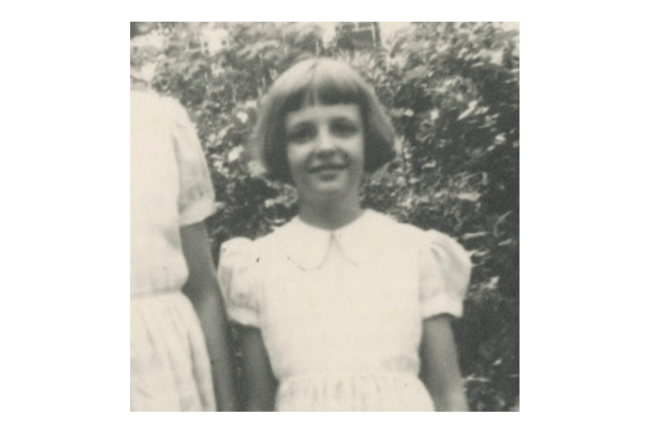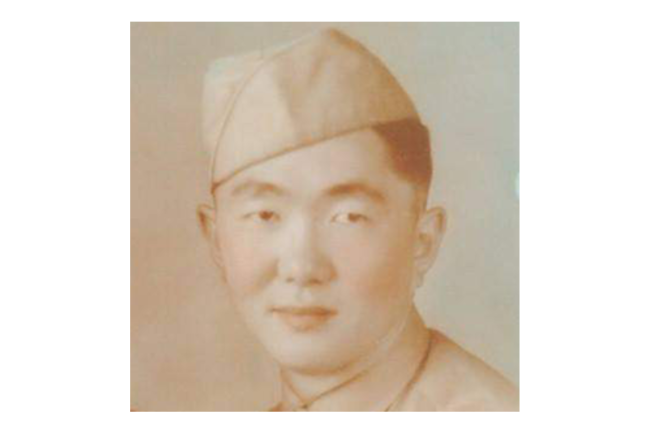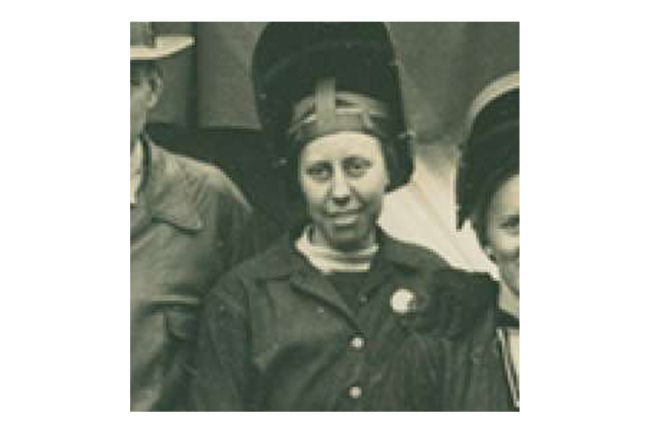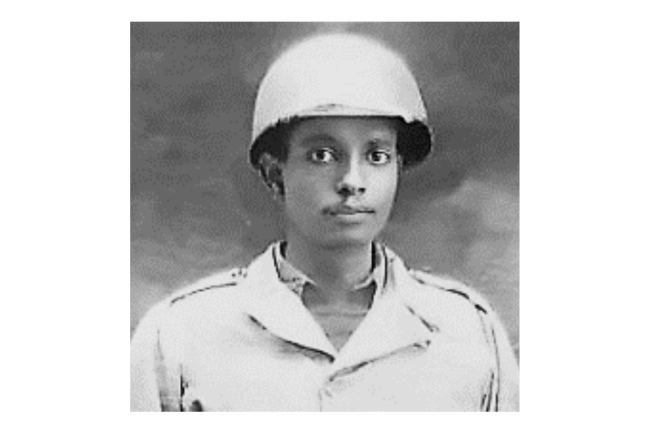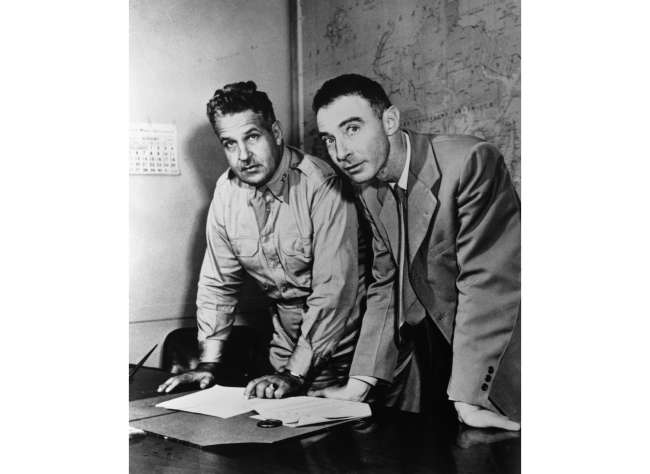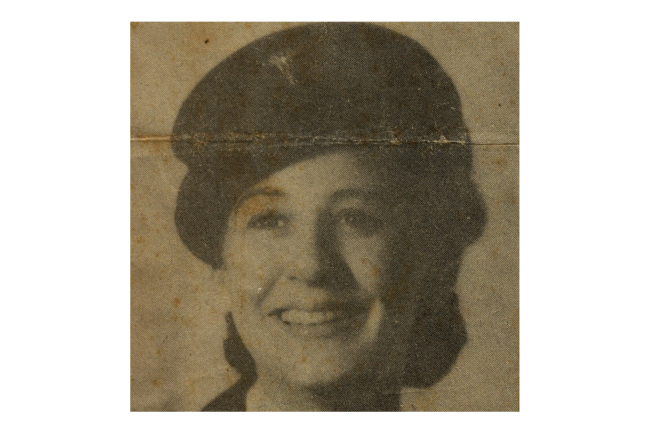Dominic Martello went through hell in combat with the 9th Infantry Division in North Africa before being captured at Kasserine Pass and spending the next 2.5 years as a prisoner of war. After the war, he suffered terribly from flashbacks and moments where he was transported back to his “unbelievable ordeal.” He remarked, “Sometimes I wonder if it really happened.”
Martello credited his sense of humor and attitude with his survival. Throughout his life, he exhibited an attitude that was both passionate and compassionate. Martello was born in December 1918 to Sicilian parents in New Orleans, Louisiana. The young Martello was an excellent athlete and star pitcher for Jesuit High School. After graduation, he went to work with the New Orleans Fire Department, but his career was suspended when he was drafted in October 1941.
In the Army, Martello was assigned to the 39th Infantry Regiment, 9th Infantry Division as a half-track driver. He described the half-track as a rugged, yet fairly unprotected vehicle, referred to in combat as “The Rolling Coffin.” On the night of November 7, 1942, Martello’s unit made the invasion of North Africa, landing on the beach along with British Commando units. The next day, Martello drove his rolling coffin along cliffs and narrow roads in the advance towards the city of Algiers. The frontline in North Africa moved with Martello’s company through Oran, Bizerte, Tunis, Souk Ahras, Sfax, and Majus Al Bab.
In the remaining weeks of 1942 and into early 1943, the men experienced close combat several times. The Germans had the advantage of the high ground in the mountainous terrain, trapping the Americans on the flat desert floor. Martello’s unit was constantly under attack, from the wind and dust of North Africa and also from German Junkers,.88s, and machine gun fire.
On Valentine’s Day 1943, the company was sent to engage the enemy in Kasserine Pass, with orders to stay and fight no matter the losses. The Americans were boxed in and then, finally, encircled by German tanks. After days with little ammunition and no food or water, Martello and others from the company were captured on February 18. Those captured at Kasserine Pass were some of the first Americans to be taken prisoner by the Germans, with a long stretch in captivity ahead of them before liberation. The POWs were transported by plane to Sicily where they were moved by train and then by truck to a prison camp in the mountains, PG 98.
In the POW camps in Sicily and Italy, Italian Americans like Martello were derided and punished by Italian guards. They questioned why Italians would fight against their own people, but Martello and the others asserted their Americanness while telling them in Italian to,“Shove it.” Martello and his fellow POWs were taken by train to Messina, by ship to mainland Italy, and then, finally, via train to Stalag VIIA in Moosburg, Germany, a camp where many American enlisted ground forces were taken, which would swell to the largest German POW camp. Martello was only destined to stay there a short while before he was moved again, to Stalag IIIB at Furstenberg, a large camp with brick barracks that had formerly served as a German training camp.
At Stalag IIIB, Martello became a barracks chief helping to administer what little food the Germans supplied as well as the supplements from the Red Cross. All of the POWs were malnourished and suffered from dysentery; most were also traumatized by the experiences leading up to their captivity. Martello recalled how some of the men had to assist others who were more severely impacted by their trauma, how during air raids they had to look after and accompany their scared, shaking, and confused fellow soldiers.
Near the end of the war, in February 1945, the men from Stalag IIIB were led on a forced march ahead of the Allied advance. They were given little food and shelter from the bitter cold, covering the 100 miles to Stalag IIIA in under 10 days. There, by the time of liberation by American forces, Martello was so weak, he couldn’t stand. In an interview conducted in 2013, Martello described the moment of liberation and the blessing of seeing an American uniform again.
Martello’s oral history interview is also featured in the Road to Berlin gallery. His oral history is but one example of the many interviews and stories in The National WWII Museum’s collection that give us a glimpse into the minds of those who suffered lifelong effects of what they saw and lived through during World War II. Some of the responses caused by the psychological strain of combat and their effect on veterans and their families are discussed in the article, Post Traumatic Stress Awareness Month. Michelle Rihner, Martello’s daughter, wrote in her book, The Rolling Coffin: Based on the Memories of D.J. ‘Nick’ Martello, about the impact of her father’s post traumatic stress on her mother, Wanda. She stated how Wanda’s highschool basketball skills served her well in marital life. Rihner wrote, “Lucky for both of them, she could duck and weave at a moment’s notice from a deep sleep.”
Upon returning home after the war, Martello married Wanda, a nurse, and he resumed his job at the New Orleans Fire Department. He stayed on that job, which provided many dangerous and high-stress opportunities, for 25 years. After retiring, he transitioned to a position with the Jefferson Parish Sheriff’s Office and worked another 19 years. His last job was a five-year stint as administrator of Safety and Security at East Jefferson General Hospital. Martello lived a life of leadership and service. His stories of captivity and of the lasting trauma caused by the horrors of war live on at the Museum. Martello passed away on September 2, 2011 at age 93.
Kim Guise
Kimberly Guise holds a BA in German and Judaic Studies from the University of Massachusetts Amherst. She also studied at the Universität Freiburg in Germany and holds a masters in Library and Information Science (MLIS) from Louisiana State University. Kim is fluent in German, reads Yiddish, and specializes in the American prisoner-of-war experience in World War II.
Cite this article:
MLA Citation:
APA Citation:
Chicago Style Citation:
